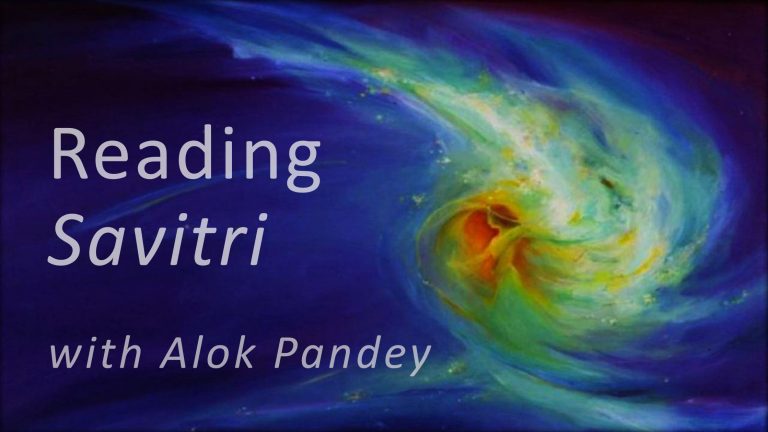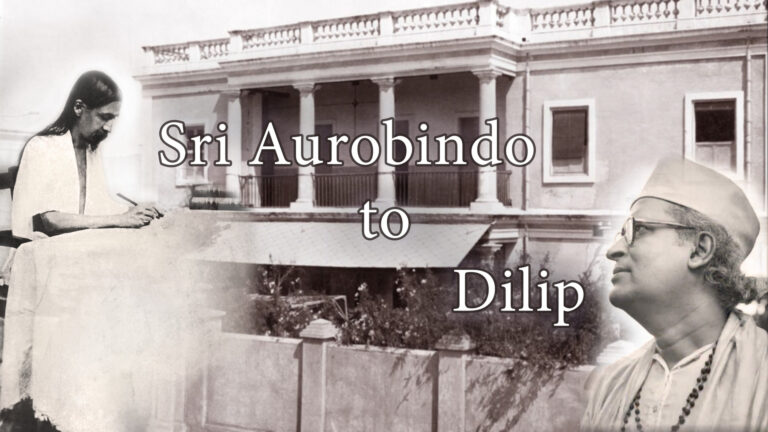Indeed if killing Ravana was the main thing about Ramayana, then the incarnate Divine would not take so many twists and turns to get hold of him. Rama, the mighty king is the warrior par-excellence so much so that Sri Krishna declares in the Gita that among the men of valour, Paurush, I am Rama. His valour is known throughout Jambudweep as India was known then. It was a land inhabited it seems, largely with an early humanity closer to the animal kind (Vanara is not just a monkey but a type of early human race presaging the modern man) and the Rakshasa, the crude humanity with gigantic appetites whose life is centered around satisfying his vital desires. The Asura, on the other hand is a humanity that has developed intellectually but its lower vital appetites have remained unchanged. His brilliant mind is driven by ambition and he believes that the whole earth is meant his enjoyment and fiefdom. He governs the Rakshasa who will fight and die for him and keeps them on his payrolls but also smites them if refuse or are unable to fulfil his lustful dreams of expansion. Among this we have mainly two kingdoms that try to keep the flag of dharma and a nobler humanity flying high. They are the kings of Ayodhya and Mithila.
The kingdom of Ayodhya is ruled by the mighty kings of the solar dynasty. Known for their steadfastness and adherence to truth they mever broke a promise even if it was given in a dream state. The lineage of Lord Rama and his ancestors is still available in records of ancient India who had a method of maintaining elaborate details of history. Notable among them are Ikshvaku, the son of Shraddhavan Manu who survived the last great deluge, Muchukunda who fought in the battle between the devas and asuras on behalf of the gods, Trishanku who attempted a bodily ascension to heavens which would literally mean a transformation of the presently death-bound body into an immortal one. He has been immortalised by Sri Aurobindo in his poem ‘The triumph song of Trishancou’. Then there is King Harishchandra who goes to extreme degree of truthfulness in giving away his kingdom to a sage whom he had promised thus only in his dream. He and his wife and son walk away from the kingdom without looking back. The twist and turn of fate makes them loose everything including their freedom and even the piece of cloth upon their body and yet they do not go back upon their promise and remain steadfast to the practice of truth. Later it is told that they were tested by Shiva, Indra and other gods to see how steadfast is he to truth. Eventually Shiva is pleased and declares that the place where the king turned into a low menial slave for helping burn the dead is sanctified and anyone who is given to fire there would ascend straight to moksha without need of any return for completing the cycle of rebirths. Then there was King Bhagirath who brought down the Ganges through an intense tapasya and Dasratha himself, father of Rama who fought against the asuras.
 Such was the dynasty in which Rama was born as a result of a yagna whereby a divinely burdened being was invoked by the king as his child. Such were the high and noble ideals that were sown as seeds of an early humanity that developed in the lap of the great mountains by the Rishis whose will and wisdom matched the heights of the Himalayas and the Vindhyas and yet whose hearts harnessed the sweetest founts of love that nourished India’s soul even as the seven rivers nourished its body. It is a different story altogether that modern India still reeling under the spell of an alien dharma imposed upon it through centuries of foreign rule has lost connection with its own soul and has caught up the universal disease of utilitarianism as the yardstick of e very system of knowledge and action. Perhaps that is why it is even more important to re-establish the truth of the ancient Aryan world lest with the sinking of India the hope sinks and the world deprived of its psychic nourishment goes down into abysses of lust and greed after material power and money and immediate success. The ancient Indian Rishis and Kings knew how to shun and renounce immediate success and small gains for expanding their spirits and grow in strength and wisdom through challenges and hardships and high sacrifice which they valued above everything else.
Such was the dynasty in which Rama was born as a result of a yagna whereby a divinely burdened being was invoked by the king as his child. Such were the high and noble ideals that were sown as seeds of an early humanity that developed in the lap of the great mountains by the Rishis whose will and wisdom matched the heights of the Himalayas and the Vindhyas and yet whose hearts harnessed the sweetest founts of love that nourished India’s soul even as the seven rivers nourished its body. It is a different story altogether that modern India still reeling under the spell of an alien dharma imposed upon it through centuries of foreign rule has lost connection with its own soul and has caught up the universal disease of utilitarianism as the yardstick of e very system of knowledge and action. Perhaps that is why it is even more important to re-establish the truth of the ancient Aryan world lest with the sinking of India the hope sinks and the world deprived of its psychic nourishment goes down into abysses of lust and greed after material power and money and immediate success. The ancient Indian Rishis and Kings knew how to shun and renounce immediate success and small gains for expanding their spirits and grow in strength and wisdom through challenges and hardships and high sacrifice which they valued above everything else.
Sita is not born but rather discovered when the King of Mithila is tilling the soil rendered barren by severe famine. It is again clearly a symbolic story that links Sita’s birth with her mission which is to redeem earth nature. King Janak, her father is a whole family of kings who were known as Rajrishis. They were yogis of the highest order, Jivanmuktas, liberated even while engaged in all worldly works. Sri Aurobindo has again spoken highly of the ideal that the lineage of King Janaka represented. It is to him that the Divine Mother chooses to come as a child. The story of her being found in an urn buried in the earth is clearly symbolic as she embodies the aspiration and anguish of material nature tormented by the Rakshasa and the Asuras. These beings hostile to Truth and to dharma would often accumulate occult powers of various kinds and misuse it to further their ambition just like certain nations and groups of mankind misuse technology and wealth towards ends that are detrimental to the human race. The leader of this gang of hostiles is Ravana whose ten heads clearly indicate an enormous ego. To those who turn it into an Aryan-Dravidian clash or of the upper and lower class would do well to remember that Ravana, the king of Lunca was himself the son of a Rishi born to the lineage of Brahma.



About Savitri | B1C1-09 Advent of the Divine Mother (p.4)